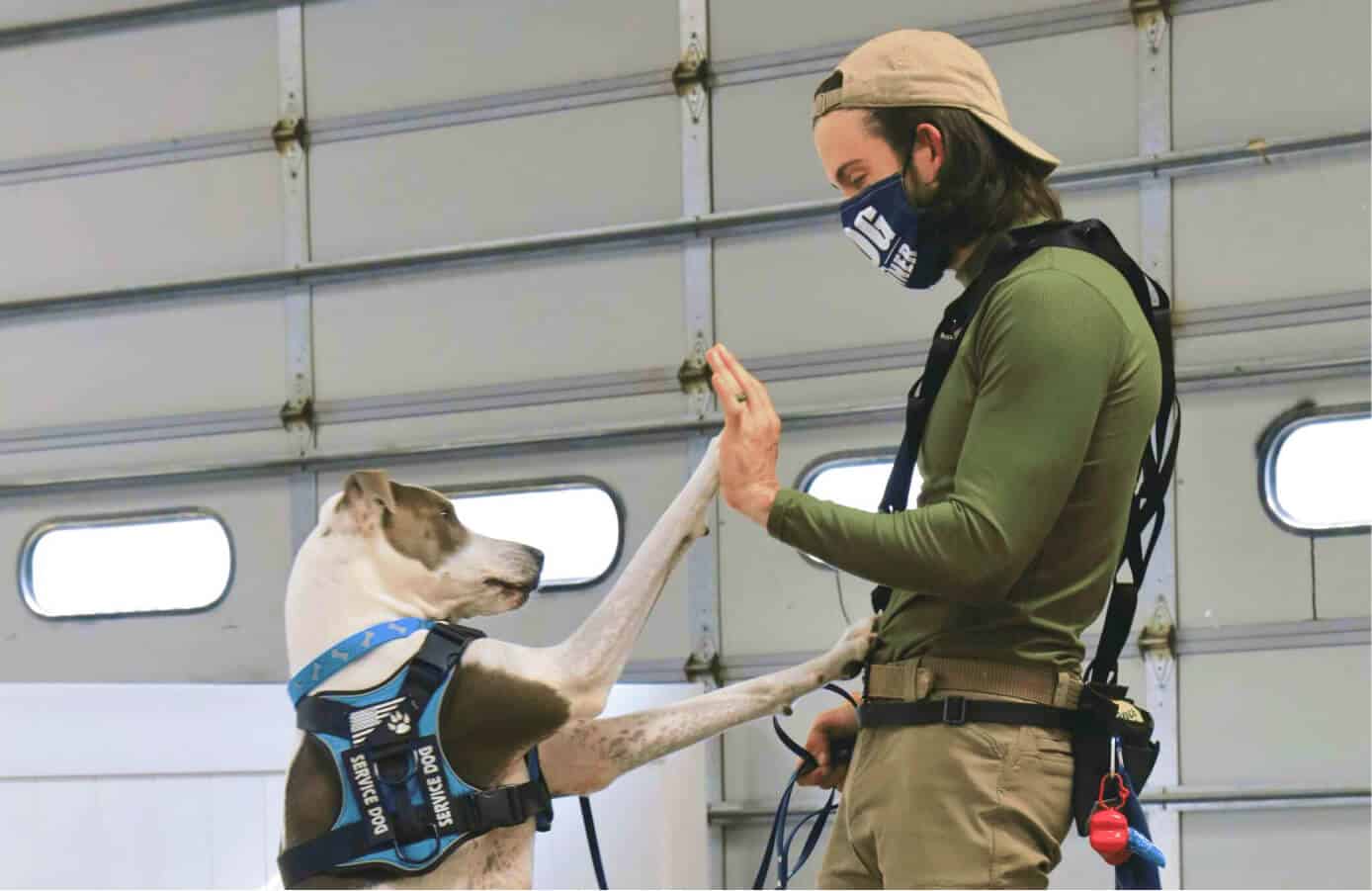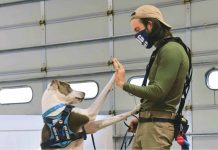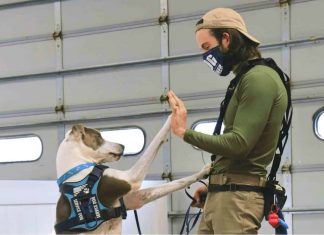Understanding the Role of Professional Dog Training
The journey to better behavior begins with understanding the nuances of professional dog training. If you’ve ever faced challenges with your dog’s behavior—whether it’s excessive barking, leash pulling, or separation anxiety—you know how overwhelming it can feel. This is where expert training services come into play, offering tailored solutions for every unique challenge.

Dog training isn’t a one-size-fits-all solution. Every dog is unique, with its own personality, learning pace, and behavioral triggers. This makes the role of a skilled trainer invaluable in building a positive and lasting bond between you and your furry friend.
If you’re curious to learn more, explore their “about us”
The Importance of Understanding Your Dog’s Behavior
A major cornerstone of professional training is understanding what drives your dog’s actions. For example, a dog that lunges at other dogs on walks might not be aggressive—it could simply be overstimulated or unsure of how to behave in social situations.
During my own experience with dog training, I learned how much body language and subtle cues matter. My overly energetic Labrador wasn’t “acting out”—she simply didn’t understand what I was asking of her. An experienced trainer helped me decode her behavior, teaching me the skills to redirect her energy into positive activities like structured play.
Tailored Training Plans for Lasting Results
Every successful dog training journey begins with a personalized assessment. Professional trainers take time to evaluate not just the dog, but the environment and owner interactions. This holistic approach ensures the root cause of problematic behaviors is addressed.
When my neighbor worked with a trainer for her excitable Dachshund, she was amazed by the immediate results. Instead of generic commands, she was given clear, actionable steps tailored to her specific needs. This included teaching the dog to settle calmly during family dinners, which made their evenings far more enjoyable.
Real-Life Results That Speak Volumes
One of the most remarkable aspects of professional training is the transformation it can bring to both dogs and their owners. A friend of mine rescued a mixed-breed pup who had severe anxiety around strangers. Before working with a trainer, walks were stressful, and social visits were near impossible.
Through consistent guidance and trust-building exercises, the dog’s confidence grew dramatically. Now, that same dog greets guests with a wagging tail instead of hiding under the couch. This transformation not only improved the dog’s quality of life but strengthened the bond between owner and pet.
Tools and Techniques You Can Trust
Professional trainers rely on evidence-based techniques to achieve lasting behavioral changes. These strategies focus on positive reinforcement, which encourages desirable behaviors while discouraging unwanted ones.
For example, clicker training is a popular method that allows precise communication with your dog. When I introduced this tool to my own routine, I was amazed at how quickly my dog picked up new commands. The sound of the clicker became a powerful signal, letting her know exactly when she’d done something right.
Other methods might include leash management, boundary training, or desensitization techniques. The key is consistency and understanding how these tools fit into your daily routine.
Building Confidence and Trust
Dog training isn’t just about obedience—it’s about fostering mutual trust and understanding. A well-trained dog is more relaxed, confident, and eager to please. As an owner, you’ll also feel more empowered to handle challenging situations.
One memorable example was when a family I know adopted a timid rescue dog. Through gentle exposure to new experiences and rewarding progress, the dog blossomed into a playful, outgoing companion. Witnessing such growth reminds us that every dog has the potential to thrive with the right guidance.
Preparing for the Training Process
If you’re considering professional training, preparation is key. Be ready to commit to the process, as consistency is essential for long-term success. This includes reinforcing training techniques at home and ensuring your dog feels supported throughout the journey.
It’s also important to set realistic expectations. Behavioral changes don’t happen overnight, but with patience and persistence, the results are incredibly rewarding.
In my experience, sticking to a routine and celebrating small victories made all the difference. Whether it’s a perfectly executed “sit” or a calm walk around the block, progress is always worth acknowledging.
Why Choose Professional Training?
Investing in professional dog training is about more than fixing bad habits—it’s about creating a harmonious relationship with your dog. The skills you gain as an owner extend far beyond the training sessions. You’ll learn to communicate effectively, understand your dog’s needs, and navigate challenges with confidence.
For those struggling with persistent issues, professional training provides a lifeline. Whether it’s curbing aggression, addressing anxiety, or teaching basic manners, expert guidance can transform your dog’s behavior and enhance your life together.
A Lifelong Investment in Your Dog’s Well-Being
Ultimately, professional dog training is a gift that keeps on giving. The lessons learned will continue to shape your dog’s behavior long after the sessions end. From better leash manners to a stronger emotional bond, the benefits are truly life-changing.
If you’re ready to take the next step, start with a consultation and discover how tailored training can make a difference for you and your dog.
By embracing this journey, you’ll not only enrich your dog’s life but create memories and milestones you’ll cherish forever.














